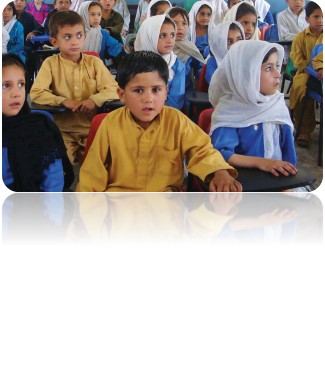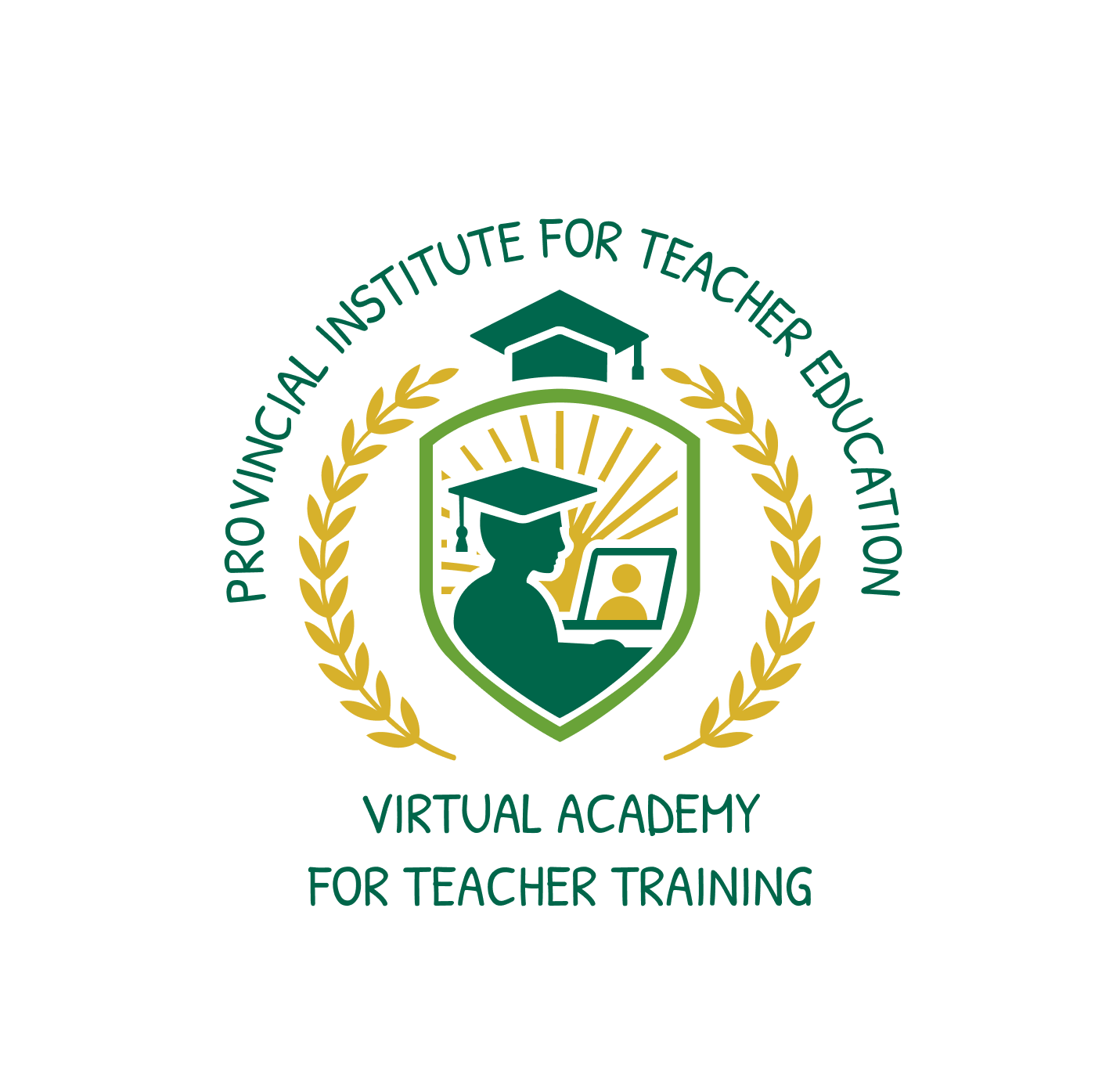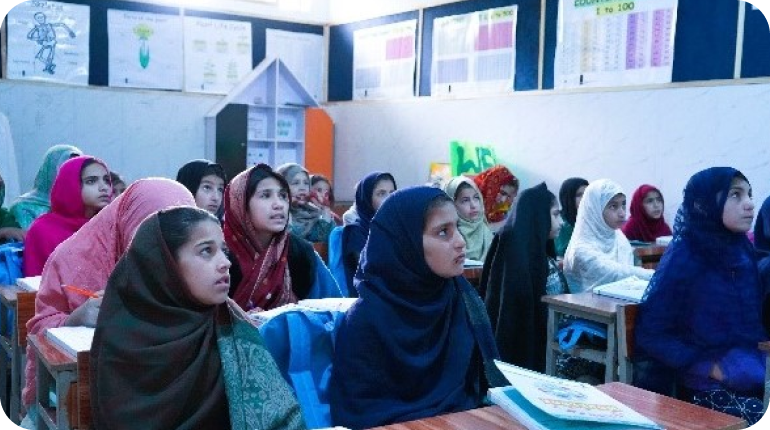Balochistan, the largest province of Pakistan, faces significant challenges in the education sector, particularly in its rural and remote areas. Many villages and small towns lack well-equipped schools, leaving children with limited access to quality education. The shortage of trained teachers is another major concern, as many schools operate with only one or two teachers responsible for handling multiple grade levels. Additionally, these schools often struggle with inadequate infrastructure, a lack of teaching materials, and insufficient learning resources, making it difficult to provide students with a structured and effective education.
Due to these challenges, multi-grade teaching has become a widely adopted approach in Balochistan. In this system, a single teacher is responsible for teaching students from different grade levels within the same classroom. Children of varying ages and academic abilities learn together, often using shared materials and activities. While this approach helps ensure that education continues despite lacking resources, it also presents unique difficulties for teachers and students, requiring innovative strategies to make learning effective and engaging.
Why is Multi-Grade Teaching Needed in Balochistan?
Multi-grade teaching is necessary in Balochistan for several
reasons:
- Lack of Teachers: Many rural schools have only one or two teachers who must manage all the students.
- Limited Resources: Schools often lack furniture, books, and teaching materials, making it challenging to run separate classes for each grade.
- Low Student Enrollment: There are very few students per grade in some areas, so combining classes is a practical solution.
- Cultural and Regional Issues: In many parts of Balochistan, especially in remote areas, there are fewer schools for girls, so multi-grade teaching becomes necessary.
Challenges of Multi-Grade Teaching in Balochistan
While multi-grade teaching is a solution to many problems, it also comes with several challenges:
🟠 Complex
Curriculum: Teaching different grade levels simultaneously can be difficult
for teachers.
🟠 Time
Management: Teachers must divide their time effectively among all students.
🟠 Different
Learning Levels: Each student learns at a different pace, and a single
teaching method may not work for all.
🟠 Lack of
Training: Most teachers do not receive proper training in multi-grade
teaching, making it harder to manage classrooms efficiently.
How to Improve Multi-Grade Teaching in Balochistan
To make multi-grade teaching more effective, education experts and policymakers should consider the following strategies:
✅ Teacher
Training: Teachers should receive special training to manage multi-grade
classrooms effectively.
✅ Group
Learning: Encouraging group work and peer learning (where students
help each other) can make learning easier.
✅ Flexible
Curriculum: The curriculum should be designed to allow teachers to teach
multiple grades efficiently.
✅ Use of
Technology: Digital materials, educational apps, and audio-visual aids can
help make learning more interactive.
✅ More
Teachers: The government should recruit more teachers in rural areas to
reduce the burden on single teachers.
Conclusion
Multi-grade teaching is a reality in Balochistan, and with the right planning and modern teaching methods, it can be made more effective. If teachers are given proper training, resources, and support, this approach can help improve students' learning outcomes.


